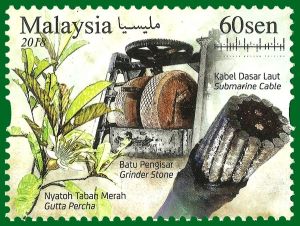Silver – Silver–tin–mercury amalgams are used in dentistry. Silver diammine floride, the fluoride salt of a coordination complex with the formula [Ag(NH3)2]F, is a topical medicament (drug) used to treat and prevent dental caries (cavities) and relieve dentinal hypersensitivity. The silver ion is bioactive and in sufficient concentration readily kills bacteria in vitro. Silver ions interfere with enzymes in the bacteria that transport nutrients, form structures, and synthesise cell walls; these ions also bond with the bacteria’s genetic material.

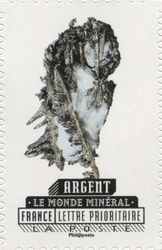
Copper – Known in combination with silver and mercury as Dental Amalgam. Copper-alloy touch surfaces have natural properties that destroy a wide range of microorganisms (e.g., E. coli O157:H7, methicillin-resistant Staphylococcus aureus (MRSA), Staphylococcus, Clostridium difficile, influenza A virus. adenovirus, and fungi). Some 355 copper alloys were proven to kill more than 99.9% of disease-causing bacteria within just two hours when cleaned regularly.[
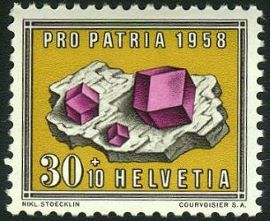
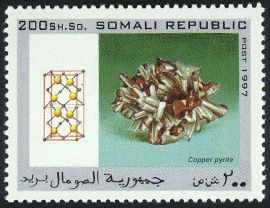

Gold – Is known that the Etruscans, Egyptians and pre-Columbians used gold bands and wires in dental prosthesis. With development of gold alloys, inlay and crowns have been used in restorative dentistry. Gold alloys are used in restorative dentistry, especially in tooth restorations, such as crowns and permanent bridges. The gold alloys’ slight malleability facilitates the creation of a superior molar mating surface with other teeth and produces results that are generally more satisfactory than those produced by the creation of porcelain crowns. The use of gold crowns in more prominent teeth such as incisors is favored in some cultures and discouraged in others.


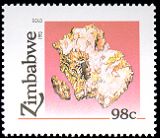
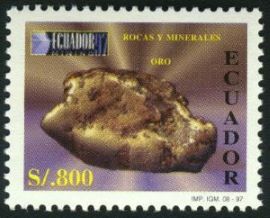

Chromite – In dentistry is an important component of alloys for orthodontic wire, prosthetic framework and crowns.

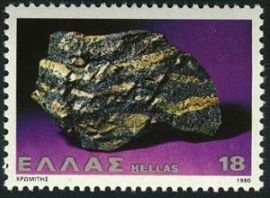
Gypsum – Daily used in dental office in different derivatives for impressions, investments and die materials. It is mainly used for making dental casts. Gypsum is chemically known as calcium sulfate dihydrate and it contains calcium and sulfur, which is bound to oxygen and water.
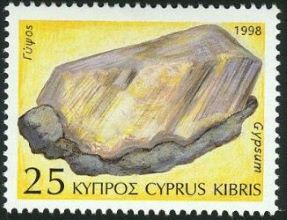


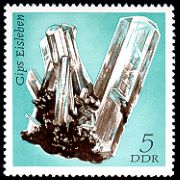

Arsenic – Have been used in endodontic treatment. First, to the best of our knowledge, early records of arsenical use in dental treatment date back to before biblical times. Later, Rhazes (865e925 AD) used arsenicals (Zarnikh) in dental and gingival treatments decades before Haly Abbas. Throughout medieval Persia, yellow and red arsenics (arsenic sulfides) were commonly used in dental extraction, devitalizing pulps of teeth, dental caries, toothache, gingivitis, spongy gum, and bleeding gingiva. …

Diamond – Used in natural and synthetic form as part of “diamond dental burs”, because of their cutting efficiency and durability.
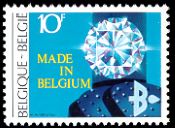

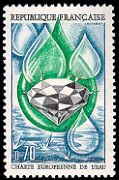
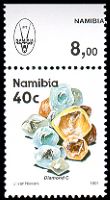


Fluorite – It is well known the relation between high concentration of this element in water end mottled enamel. Fluoride reduces the incidence of dental caries and slows or reverses the progression of existing ones. Fluoride has made enormous contribution to declines in dental caries over the past 80 years.






Cotton – Important because of the many uses of its fibers and seed, was in use in India as early as 3000 BC. Dental cotton rolls are used to absorb saliva and other fluids to help keep operative areas free of excess moisture. These small rolls of cotton can be placed in a patient’s mouth at the outset of treatment.
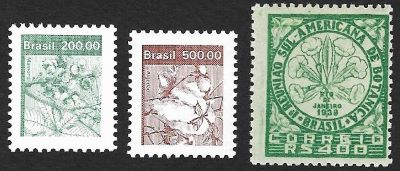


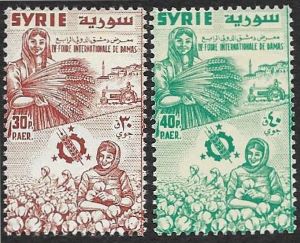

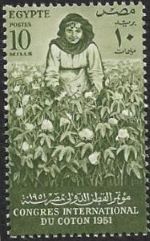


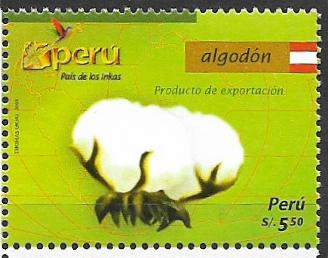

Aspirin – Acetylsalicylic acid (ASA) generically known as aspirin is used clinically as an analgesic, antipyretic, anti-inflammatory agents and as a medication to prevent platelet aggregation. It is indicated for long term use in patients susceptible to the formation of emboli, such as patients who have suffered from stroke, angina or myocardial infarctions. The study concluded that subjects who received 81 mg ASA daily could undergo dental extraction without bleeding risks.

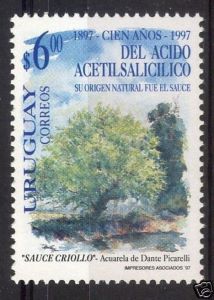
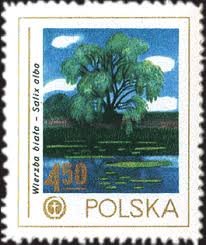
Eugenol (Oil of Cloves)– combined with zinc oxide to form zinc oxide eugenol which has restorative and prosthodontic applications in dentistry. For persons with a dry socket as a complication of tooth extraction, packing the dry socket with a eugenol-zinc oxide paste on iodoform gauze is effective for reducing acute pain. Eugenol-zinc oxide paste is also used for root canal sealing.
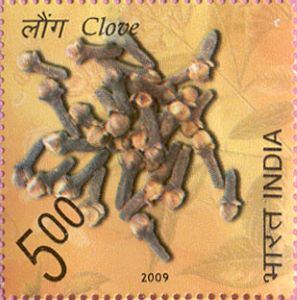
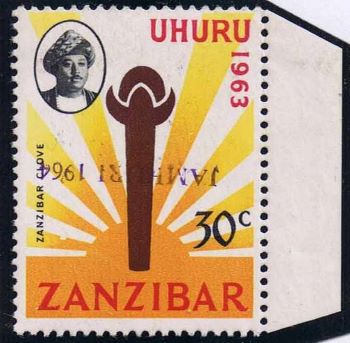
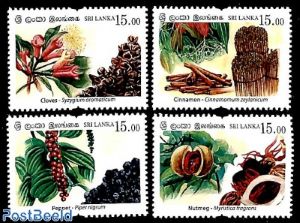
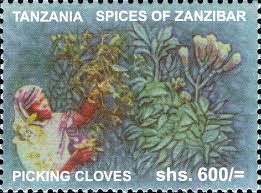
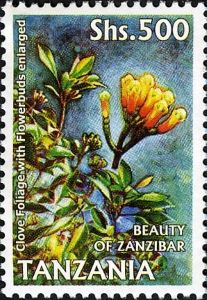
Gutta-percha – refers both to trees of the genus Palaquium in the family Sapotaceae and the rigid, naturally biologically inert, resilient, electrically nonconductive, thermoplastic latex produced from the sap of these trees, particularly from Palaquium gutta. The word gutta-percha comes from the plant’s name in Malay: getah translates as ‘latex’. Percha or perca is an older name for Sumatra. It is used in a variety of surgical devices and during root canal therapy. It is the predominant material used to obturate, or fill, the empty space inside the root of a tooth after it has undergone endodontic therapy.
